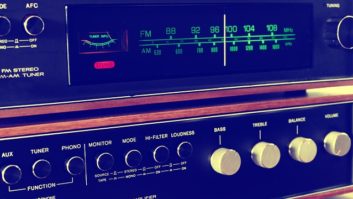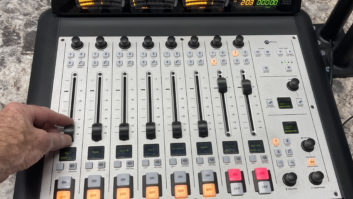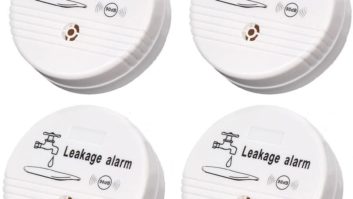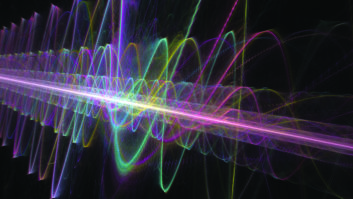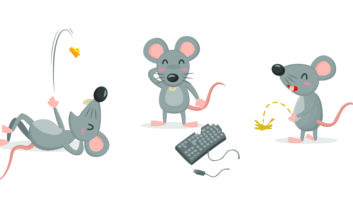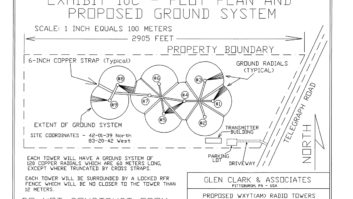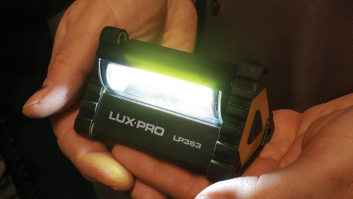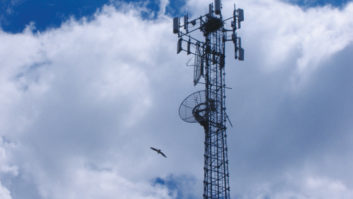At the 2017 Society of Broadcast Engineers National Membership Meeting in Denver in late October, SBE President Jerry Massey sat down with National Association of Broadcasters Vice President of Spectrum Policy Robert Weller for a question and answer session focusing on issues impacting broadcasters today when it comes to spectrum issues. And the biggest of the bunch: ambient noise. View the archive here.
The first question off the bat was whether or not the Federal Communications Commission had done an “about face” when it comes to addressing the ambient noise and its impact on broadcasters. Previously, the FCC Technological Advisory Council (TAC) Spectrum and Receiver Performance working group had been investigating the impact of increasing noise on broadcast services; the TAC initiated a technical inquiry into the issue in June 2016 (Docket 16-191).
At its most recent meeting in September, the TAC shared comments that came out of that inquiry, which indicated that the proliferation of noise sources in the spectrum is increasingly harming current and future communication services.
Yet when it came time to decide which working groups to continue for the next year, the FCC decided not to recharter the Spectrum and Receiver Performance working group for 2017. That group had been an active working group from the years 2012 to 2016.
At the SBE meeting, Massey asked Weller about the commission’s decision to “disinvite” the TAC from conducting any further study of the noise floor and how that noise may be impacting broadcast stations.
“SBE members have noted that high and increasing levels of RF noise have been a tremendous problem not only for AM broadcast stations, but also for FM and television reception,” Massey said. “With interference from grow lights and power line noise plaguing radio reception especially, does the FCC’s about-face on the TAC noise study indicate their willingness to avoid this issue?” Massey asked.
In reality, Weller said, the move is actually indicative of the type of slow roll out that is typical of the government.
In September the TAC requested that the FCC Laboratory Division conduct a measurement project on lighting devices and switch mode power supplies — two of the culprits identified in the comments — and how they are contributing to the noise floor. The commission has initiated this testing, and revealed at that meeting that the commission is considering issuing a Notice of Inquiry or Notice of Proposed Rulemaking on RF noise issues.
An update on the progress of this testing will be given at the TAC’s next planned meeting on Dec. 6.
“We don’t know how those things are going to turn out, but I’m hopeful that the FCC now has enough information and a very strong indication from a variety of industries that the noise is a problem and it bears looking into,” Weller said.
The Q&A also touched on issues involving FM translators. Massey asked Weller whether encouraging AM stations to make more use of FM translators is a short-term fix that is really encouraging listeners to move away from the AM band entirely.
Weller agreed that FM translators are indeed a short-term solution to a greater problem, but they do afford AM broadcasters that are daytimers the opportunity to provide nighttime services. “There is definitely some good that comes out of this near-term solution,” he said.
This harkens back to the issue of frequency allocation, he said, explaining, “No FM translator will replace the coverage of a 50 kW AM station.” “There are a lot of AM stations that have compelling programs and are well listened to. So, I hope that synchronized transmission and addressing the noise problem in the allocation rules is something that will happen soon.”
“I am hopeful the FCC will look into the matter of frequency allocation a little more deeply,” he said.
The Q&A also touched on other issues, including the impact of the TV band repack on UHF wireless mic operations.





